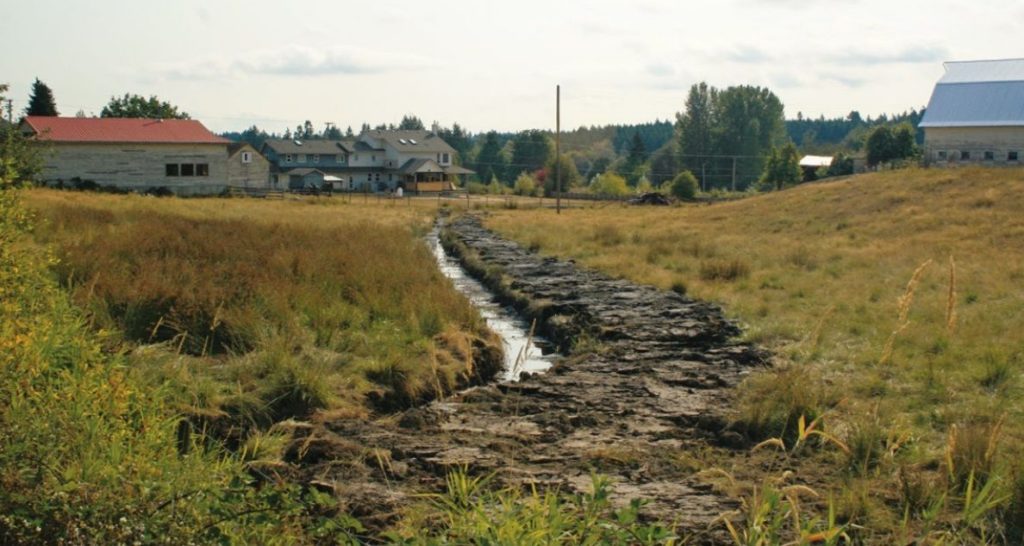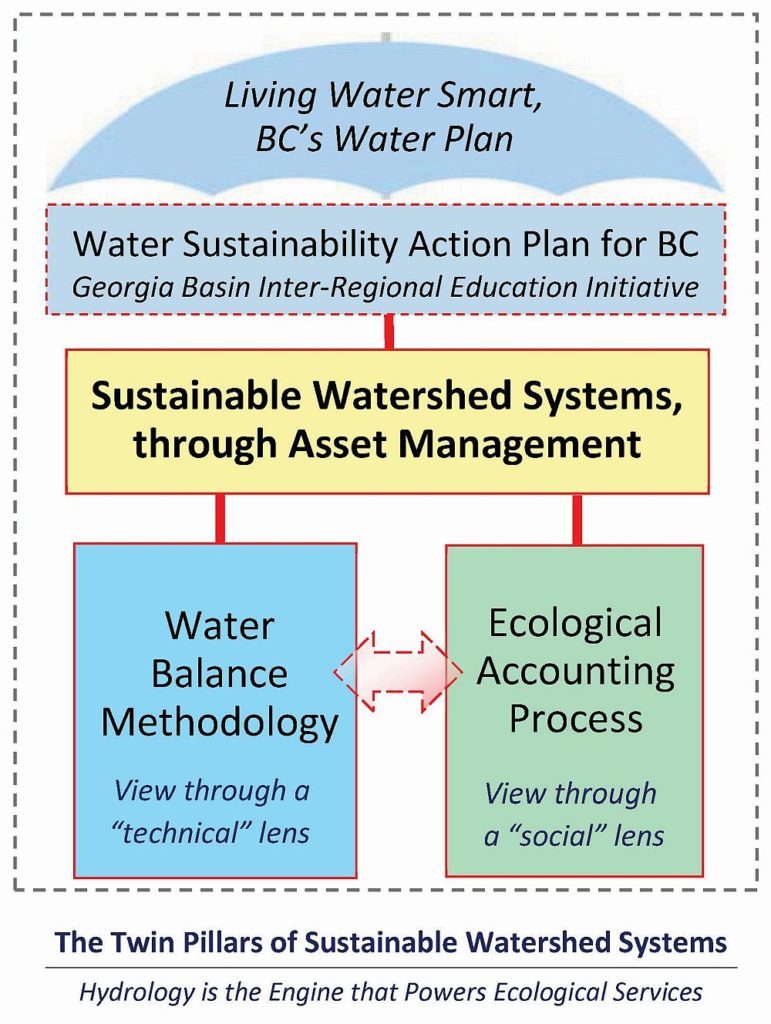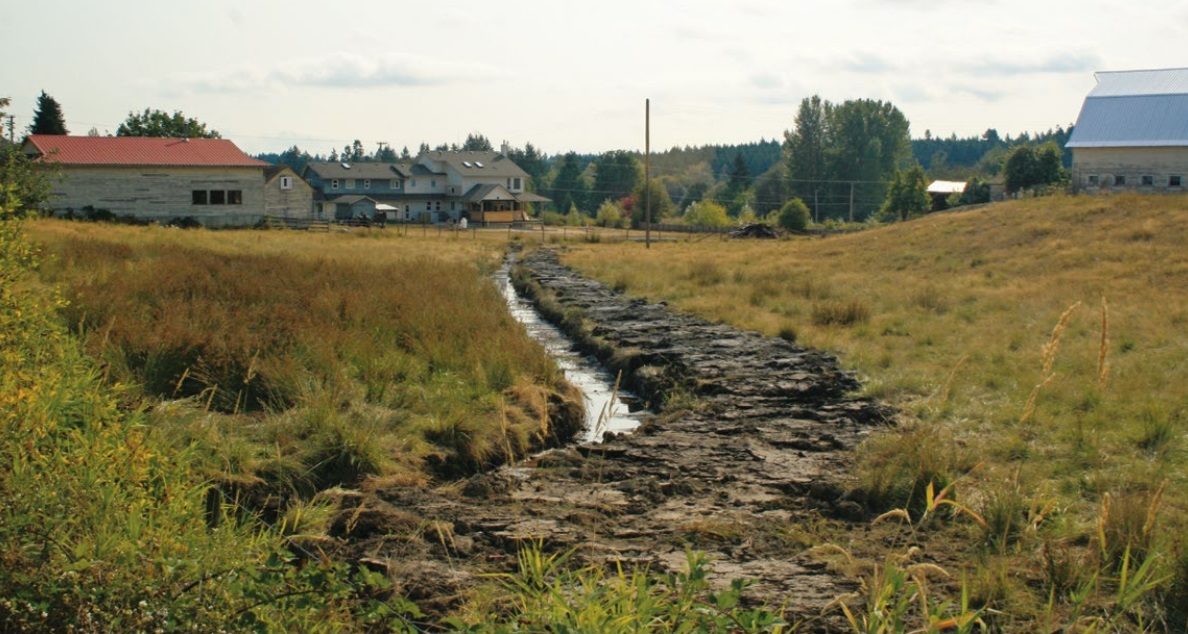The Partnership for Water Sustainability in BC has released a primer on the Ecological Accounting Process (EAP), a tool for stakeholders to implement a methodology that shows the financial value of ecology and hydrology services.
The EAP was developed through applications on small watersheds (creeksheds) in the Cowichan and Comox valleys by the Partnership.

“The EAP demonstration application process has been a fruitful journey for the project
team and collaborators,” wrote Tim Pringle, chair of the EAP Initiative, in his introduction to the primer. “We broke new ground with EAP. Traditional approaches and practices are not leading to restoration of creekshed function.”
Pringle also described the EAP as “an alternative approach” that can catalyze action to maintain the ecological and water balance of a creekshed by focusing on the following questions:
- What do we want this place to look like in 50 years?
- What steps are necessary to make it happen?
- How do we decide how much to invest in restoration?
The method is described as applying the Water Balance Methodology as the analytical tool to assess hydrological conditions. In particular, the primer describes that the “EAP would help managers determine whether or not they should change practices and adopt new strategies regarding the ecological systems in the stream corridor and riparian zone, and throughout the entire creekshed.”

The primer leverages the Brooklyn Creek Demonstration Application and the Busy Place Creek Demonstration Application to show how a value-centred model for ecosystem services fits into British Columbia’s larger programs for water sustainability and asset management.
Of six essential findings from the applications significant outcomes included finding that there is no set financial value within a community for hydrological or ecosystems services, but that such value must be driven by “creekshed conditions and the public’s awareness of what this means for the availability of ecological services.” However, the primer notes that a calculation of value can be determined through the “natural commons asset value” that allows for local governments to make a proxy statement of capital asset value for budget and planning purposes.
Visit the Partnership for Water Sustainability in BC for more details.









